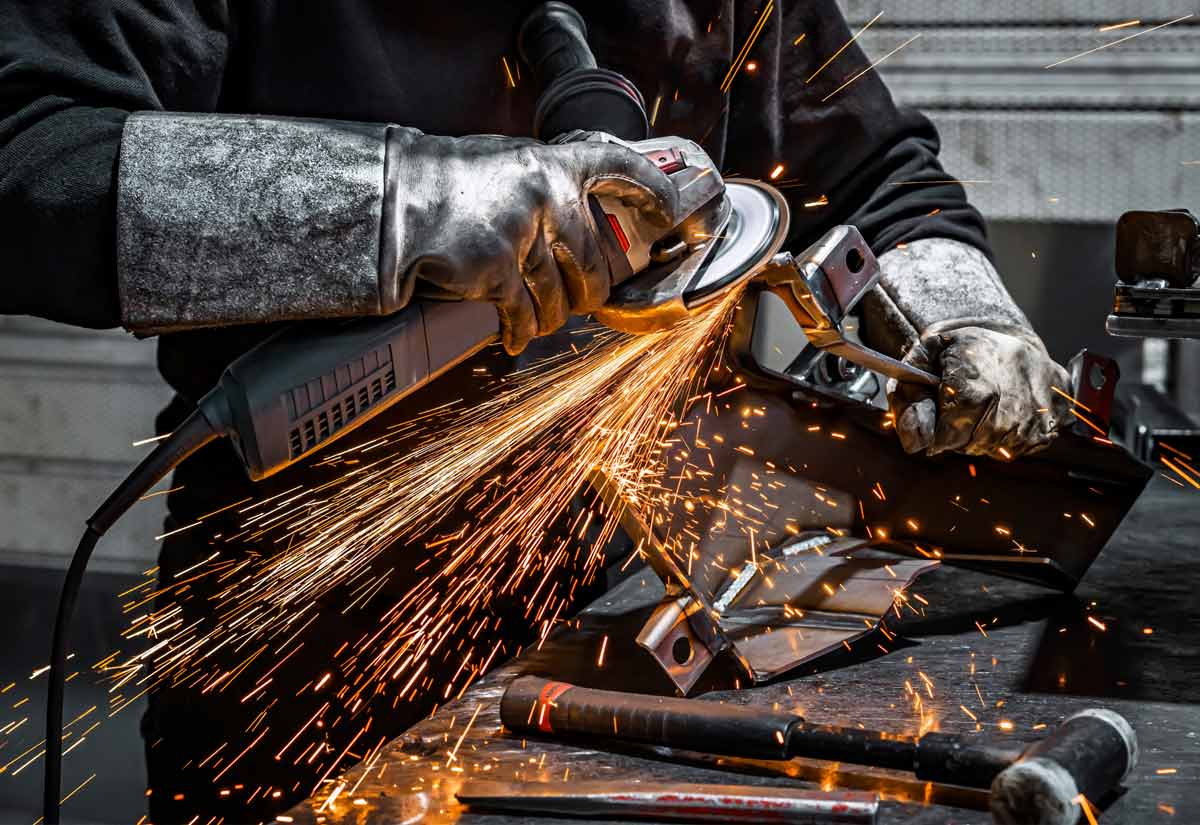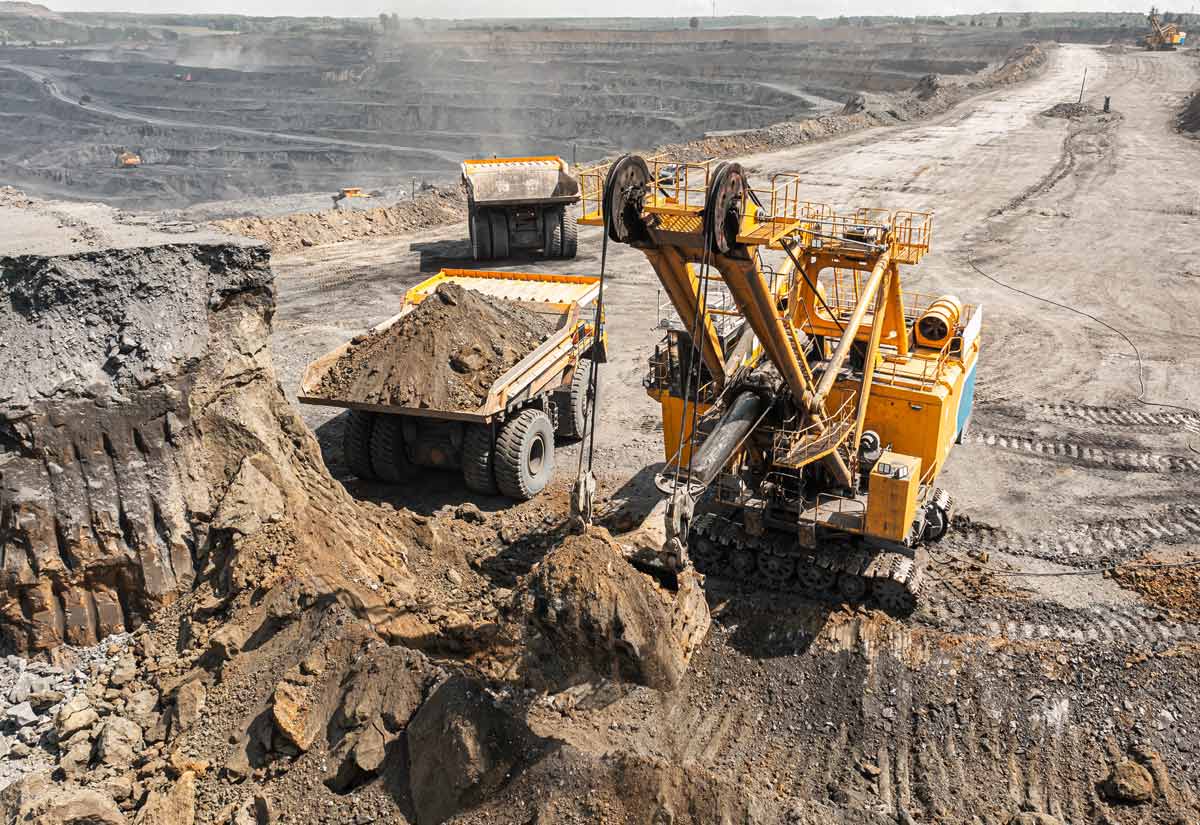Producers of concrete, steel, lead, zinc, copper, and just about any other material essential to building and maintaining a robust infrastructure are the industrial scapegoats continuously under fire from the not so jolly Green Giant of global environmental policies.
Heavy industry PR in the Green Giant era today, focuses on exorcising the now universally loathed carbon dioxide demon from the altar of climate worship. Flashy wind farms with hefty investments are the media darlings of the green c-suites. Solar seems to be a sustainable solution until you need to rely on it on a cloudy day, and even at its best green energy output is feeble compared to traditional hydrocarbon-based power.
Can solar and wind combined, with a smattering of geothermal resources or small hydro-powered grid contributors match the industrial capacity of the previous fossil-fueled decades?
Not likely. As the world population grows to 8.5 billion by 2030, hitting the 10 billion mark by 2060, the Green Giant of world politics led by the engineering ignorant politicians of the United Nations seems to have put the cart before the horse. The fact of the matter is that we’re going to need every energy resource we can lay our hands on, hydrocarbons included. Capable, competent engineers can figure out how to make them cleaner and greener as hydrocarbon energy technology is further developed.
We’ve already seen this kind of genuine, practical-minded progress in the automotive industry with the development of catalytic converters and precise computer control reducing gasoline and diesel engine emissions. We’ve seen promising clean hydrocarbon energy R&D wither on the green vine, as we discussed last spring. What we haven’t seen lately is much industry hoopla about Carbon Capture and Sequestering (Storage), even though the technology has been under development since 2009.
So why are industries across the board jumping on a green train that’s obviously on a rickety track to failure? It all comes down to the misplaced prioritizing of “Scope 1” and “Scope 2” emissions over meeting future energy demand. These are unachievable benchmarks set by politicians, not engineers, and a widespread belief, long-indoctrinated since the crazy 1960s in our Green Giant society, that hydrocarbons are evil in every way.
Putting the Wimpy Green Cart Before the Mighty Coal-Powered Horse
Not a few engineers are recognizing over-reliance on green power as a risky, impractical proposition, one that has demonized carbon dioxide to the point that the entire economy and the global power grid are small sacrifices to be offered at the altar of “net-zero” worship.
But from a return on investment perspective, energy companies who have stuck with good old reliable coal are still the real winners, not to mention the energy consumers who depend on them. It all comes down to the capacity factor and the enormous effort it will take to fill the void they leave in the world’s energy grid.
- The average coal plant has the potential to generate 720 MW of capacity running 24/7/365 and that’s with today’s restricted average operational capacity factor of 50%. That would generate about 3.15 TWh of electricity in a year, even at the inefficient 50% operational limit set by the government’s Green Giant thinkers.
- We’d have to forgive the greensters for not knowing what a TWh (Terra Watt hours) of electricity is since their Don Quixote-ish wind contraptions rarely generate those kinds of numbers when they achieve an average capacity factor of only 41.9%. In other words, it will take 353 wind turbines to replace just one coal-burning power plant with 2 to 3 generation units. We won’t get into the carbon footprint generated by mining for the precious metals and minerals for these Quixote towers, or the immense concrete tonnage required for each one, or the steel smelted for offshore wind facilities and undersea cables.
- Despite “rapid growth” wind and solar contributed a feeble 4 percent to the total US energy demand in 2018.
But hard numbers don’t have much effect on the relentless inertia for corporate green investment, so rather than seeing practical, profitable corporate investment in cleaner energy from the most plentiful resources, we’re seeing spending on stuff like this.
South 32 Green Smelting Aluminium With Wind, Hydro, and Solar
$70 million is the green chip that South32 put on the table to restart its shutdown Brazil Aluminium smelter using a mix of wind, hydro and solar power. The project is a joint venture partnering with aluminum giant ALCOA. That $70 million is projected to produce 16% more aluminum overall. That’s the best-case scenario, if the green-minded optimists behind the project inherit the wind, enjoy endless sunny cloudless days, and are able to dodge the local NIMBY crowd when they set up “small hydro” operations in local rivers and streams.
Make no mistake. At Resource Erectors we’re all for sustainable renewable energy but we prefer well-engineered solutions that work. While South 32 squanders $70 million, literally chasing windmills for reduced “green aluminum” production, the Swedish Steel Foundry SSAB is also taking on the green smelting challenge, producing the world’s first “fossil-free” steel in August of last year.
But the Swedes are relying on the universe’s most plentiful element, hydrogen, to achieve the ambitious pathway of “mine-to-steel” with a zero-carbon footprint, with a self-imposed 2026 deadline. 3 companies are participating in the development and deployment of this exciting innovation.
“SSAB, LKAB, and Vattenfall created HYBRIT, Hydrogen Breakthrough Ironmaking Technology, in 2016, with the aim of developing a technology for fossil-free iron- and steelmaking. In June 2021, the three companies were able to showcase the world’s first hydrogen-reduced sponge iron produced at HYBRIT’s pilot plant in Luleå. This first sponge iron has since been used to produce the first steel made with this breakthrough technology.” – SSAB Claims a Low Carbon Green Steel Smelting Breakthrough
Solar Powered Clinkers For Green Concrete
Some green innovations can truly turn up the heat, as we saw in the February 2022 report at Pit and Quarry, Cemex, has partnered with Synhelion to produce clinker with solar heat. The ultimate goal for the two concrete industry leaders is to develop completely solar-driven cement plants, and fossil-fueled kilns for making clinkers had to go.
Clinker is produced by fusing limestone, clay, and other materials in a rotary kiln at temperatures around 2,700 degrees. Clinker is a fundamental component of cement, which in turn produces the world’s favorite building material, and another Green Giant nemesis, concrete. Fossil fuels are typically used to heat the kiln, and Cemex reports that they are responsible for about 40 percent of the direct carbon dioxide emissions from clinker production.
“Our technology converts concentrated sunlight into the hottest existing solar process heat – beyond 1,500 degrees [Celsius] – on the market,” says Gianluca Ambrosetti, CEO and co-founder of Synhelion. “We are proud to demonstrate together with Cemex one specific industrially relevant application of our fully renewable, high-temperature solar heat.”
That’s enough heat and then some to get fossil fuel out of the concrete clinker kitchen since 2.700 degrees Fahrenheit is 1482.22 Celsius. Here at Resource Erectors, we’ll be eager to see how the R&D teams at Cemex and Synhelion deploy the technology on an industrial concrete production scale which is Step 2 in the program, and sure to generate some real heat that even the not-so-jolly Green Giant can appreciate.
About Resource Erectors
At Resource Erectors we specialize in heavy industry recruiting and placement with North America’s leading companies in engineering, concrete, construction materials, mining, civil construction, manufacturing, and more. From the sales team to the engineering force to the c-suite, Resource Erectors has the specialized heavy industry recruiting experience your company needs to fill costly vacancies in essential professional positions.
If you’re an experienced professional, our decades of candidate placement with companies who value their human resources as their most valuable asset has resulted in more than 85% of Resource Erectors candidates still contributing to the success of their company more than 5 years later.
When you’re ready to move up in heavy industry, you’re ready for Resource Erectors so don’t hesitate to contact us today.













